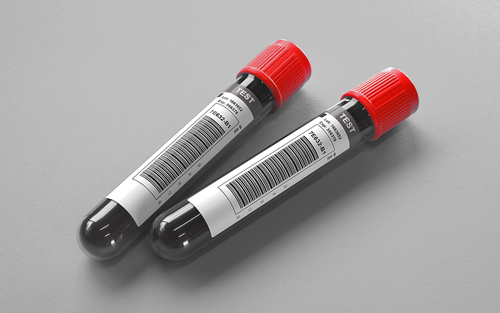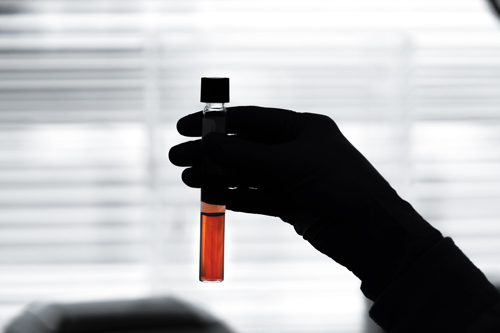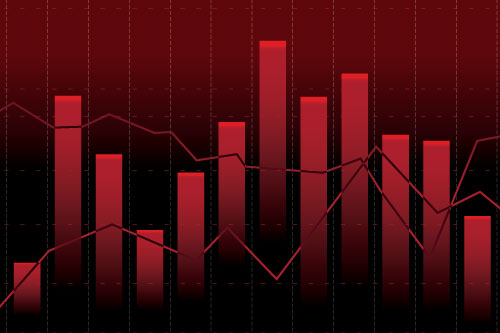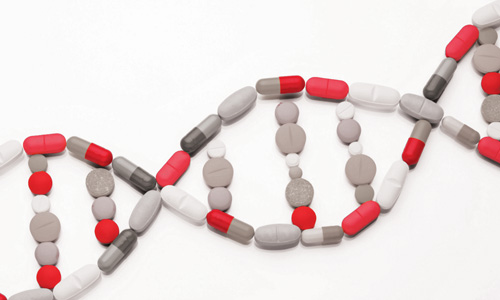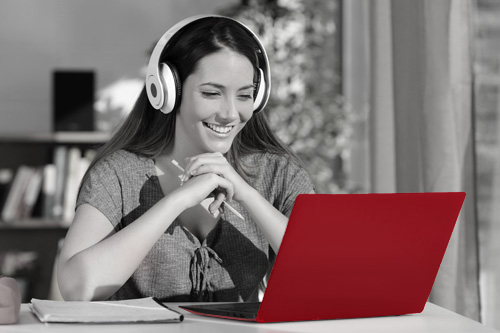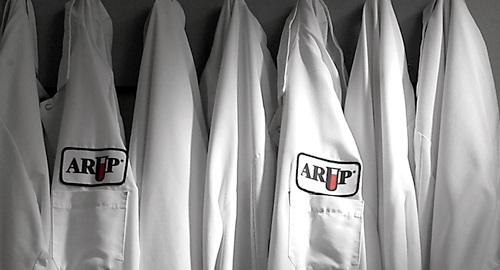Epstein-Barr Virus Antibody to Early D Antigen (EA-D), IgG
Ordering Recommendation
May aid in the diagnosis of acute Epstein-Barr virus (EBV) infection and EBV reactivation in conjunction with other serologic studies. Molecular tests are preferred to detect EBV reactivation. Not a standalone test.
New York DOH Approval Status
Specimen Required
Serum separator tube (SST).
Allow specimen to clot completely at room temperature. Separate serum from cells ASAP or within 2 hours of collection. Transfer 2 mL serum to an ARUP standard transport tube. (Min: 0.5 mL) Parallel testing is preferred and convalescent specimens must be received within 30 days from receipt of the acute specimens.
Refrigerated.
Contaminated, heat-inactivated, icteric, or grossly hemolyzed specimens.
Label specimens plainly as "acute" or "convalescent."
After separation from cells: Ambient: 48 hours; Refrigerated: 2 weeks; Frozen: 1 year (avoid repeated freeze/thaw cycles)
Methodology
Semi-Quantitative Chemiluminescent Immunoassay
Performed
Sun-Sat
Reported
1-2 days
Reference Interval
| Test Number |
Test Name |
Reference Interval |
|---|---|---|
| 0050225 | EBV Antibody to Early (D) Antigen IgG | <=8.9 U/mL |
Interpretive Data
8.9 U/mL or less: Not Detected
9.0-10.9 U/mL: Indeterminate - Repeat testing in 10-14 days may be helpful.
11.0 U/mL or greater: Detected
FDA
Note
EBV EA-D values obtained with different manufacturers' assay methods may not be used interchangeably. The magnitude of the reported EBV EA-D level cannot be correlated to an endpoint titer.
Hotline History
Hotline History
CPT Codes
86663
Components
| Component Test Code* | Component Chart Name | LOINC |
|---|---|---|
| 0050225 | EBV Antibody to Early (D) Antigen IgG | 50969-5 |
Aliases
- EBNA Antibody
- EBV Nuclear Antibody
- EA-D IgG Ab
- EBNA to EA-D
- EAD Ab
- EBV Antibody to Early D Antigen
